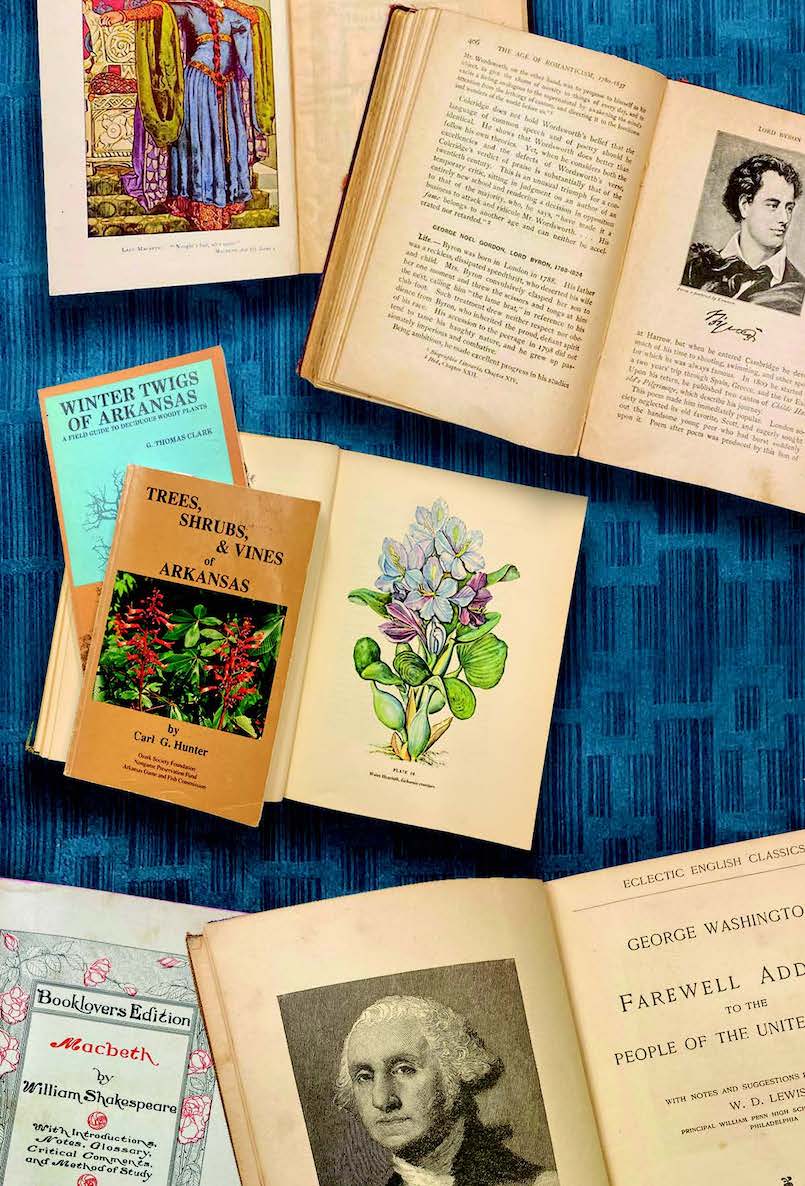31 Jan 2021 Going where the pages turn
By Vivian Lawson Hogue
Comedian Groucho Marx believed television was very educational. Paraphrased, he said, “Every time somebody turns one on, I go into another room and read a book.”
It seems a fact that the oldest-known story that can be called a “book” was “The Epic of Gilgamesh”, a history of a Sumerian king.
Amazingly, it’s still available in hardback, paperback and e-books! It won’t be on a best-seller list, nor will you find someone curled up with a copy and a cup of hot chocolate.
The first book published in America was “The Whole Booke of Psalmes,” printed in 1640. The Pilgrims who arrived on the Mayflower and other ships brought their own 1599 Geneva Bible with them. They frowned upon England’s King James version as they were escaping from the king and his Church of England. So it was that parents and teachers taught their children morals and reading using the only book they all possessed. I preface with this history because my own turn-of-the-20th-century parents used secular school readers that presented similar moral teachings of those earlier days.

My father had a wide interest in reading subjects. There are things to keep in mind when referring to his tastes in reading. Born in 1900, his large family lived in a small 1800s log cabin on a subsistence farm in a heavily wooded Arkansas community. “Outlanders” would call them “hillbillies,” but that was a compliment as it was of Scot origin with the “billy” a Scot term for “friend.”
My dad was the only child of ten siblings to attend and complete high school and graduate/postgraduate college (University of Arkansas), drawing on his interest and personal experience in botany, biology, and geology. He later earned his Master’s degree and stopped short of a doctorate. My mother, also from the hills, had many artistic abilities and excelled in English and Latin, the latter subjects she taught upon graduating from high school.
I have several textbooks that belonged to each, almost all published before 1912. Those of my father included “Gray’s Manual of Botany (1950);” “Tom Brown’s School Days;” a complete set of the McGuffey Readers; Nathaniel Hawthorne’s “The Scarlet Letter;” several large volumes pertaining to wildflowers, soil, grasses, birds, trees; and a complete set of Shakespeare’s plays, published in 1901. Are you yawning yet? Most people would not consider them pastime reading as he did.
My mother’s books with her youthfully written name within, are “Harvey’s English Grammar;” “School Arithmetic;” “Little Women;” and “New English Literature,” published in Britain. Many readers with grandparents or great- grandparents of this era may remember that they could “do numbers in their heads.” I always snickered when Mother would “cipher” in her head and say “nought” (for “zero), and multiplication might be “Twotums (two times) 54 is 108.” One book from which she taught high-schoolers was “Washington’s Farewell Address and Webster’s First Bunker Hill Oration.” Imagine yourself, your children or grandchildren studying that. But this was when patriotism was strong and education was sought and highly valued. Writer Ray Bradbury said, “You don’t have to burn books to destroy a culture. Just get people to stop reading them.”

Because of their book-reading, almost all of our family enjoyed reading from early ages. I recall the “Fun with Dick and Jane” reading series, even though it taught one to three words per page. I was a bit more ahead in my reading, but I enjoyed the watercolor illustrations. At home I had (and still have) the similar series, “My Little Red Story Book,” with children Tom, Betty and Susan, and “Bedtime Stories,” a collection of traditional stories. I made sure to read to my own children, usually on the couch with one on each side.
Around 1975 I became involved in my dad’s new project. At the age of 72 he had been encouraged to write a book about his life growing up in the hills until about 1925. Many years away from computers, keyboards and emails, I toiled on his drafts on a heavy, gray metal typewriter, the keys of which sounded like a jackhammer. As he finished pages, he would mail them to me.
I was also the appointed in-house proofer and editor, as Dad’s typing was only a little better than his handwriting. I couldn’t give all my usual time to the children, so my son, age 3, decided to put a kernel of pretty, fall-colored ornamental corn in his tiny nose. Thus there was a sudden ten-mile interruptive trip to my pediatrician brother who magically made it disappear.
By the age of 77, Dad’s book, “By Gum, I Made It!” was published and he began the War Eagle rounds and other venues selling it. He lived another 27 years and enjoyed more memories. It was through his book that I began encouraging people to write journals or at least do some family tree information to offer their children or other relatives. There is surprisingly so much to write about ourselves, our families and ancestors that no one will ever know unless we tell them in more than a verbal manner.
Let them know to whom you and they belong as far back as you know. Tell some funny stories; hand down recipes; tell what you remember about an early home, neighborhood or event. These were the days when you perhaps began “Lovin’ Life!” I urge all moms, dads, grandparents, whoever, to read to children, even newborns who may only initially notice the lulling rhythm of words and voice inflections. You just MAY help them live happily ever after!
- And that’s what Christmas is really all about - December 2, 2025
- Giving thanks - November 4, 2025
- Giving up was not an option - September 30, 2025








